You've maybe seen photos of scary-looking clumps of seaweed along beaches in Florida, the Caribbean, and Mexico, or maybe you've heard people reference something scarily called the “red tide” when talking about Florida. These phenomena occur in the Gulf of Mexico every year, but this year it seems like they're getting more attention than usual.
A type of seaweed called sargassum forms on the Atlantic Ocean every year and slowly makes its way to the Gulf, typically starting to wash ashore in the spring and peaking sometime in mid-to-late summer. Sargassum is mostly just a nuisance, and depending on the timing of your upcoming trip, you may be spared the annoyance altogether.
What's making this sargassum seaweed bloom different is the sheer size of the “blob” in the Atlantic Ocean – and the fact that small amounts have already come ashore in places like Key West, Florida. According to a recent report from the Associated Press, this year's bloom is about 5,000 miles wide and stretches from West Africa to the Gulf. It's called the Great Atlantic Sargassum Belt and it's holding about 10 million metric tons of sargassum. Experts say it's smaller than 2018, and about the size of 2019 and 2021's larger blooms.
So we know it's one of the bigger blooms of the last few years – and that it has started a little earlier than normal – but will it affect your trip to Florida, Mexico, or the Caribbean this year?
Why is Sargassum Bad?
When sargassum decomposes, it smells like rotten eggs and makes the beach look less appealing. Add in the fact that it will likely be decomposing under the summer heat (when the bloom usually washes ashore), it's probably at least unpleasant to be around.
Health-wise, so long as you avoid ingesting sargassum or breathing in its gasses for long periods of time, you should be fine. According to experts who spoke to CNN, the algae does contain some arsenic, and the gas it emits can be slightly toxic to humans, too. Still, thousands of people recreate at beaches with sargassum every year without incident.

Due to these health concerns and the general unpleasantness of the algae, beach towns are constantly working to remove the seaweed from beaches, which takes tons of time, money, and effort to get done. With the size of this algae bloom and the early landfall, it could be a long spring and summer of algae removal in some resort towns.
The bottom line: Sargassum is slightly unpleasant to be around and could have some negative health side effects if you ingest it or breathe it in for too long. You might encounter some crews cleaning the beaches while you're there, too.
Where is Sargassum a Problem?
Sargassum lands on beaches in south Florida, the Caribbean Sea, and the Yucatán Peninsula of Mexico every spring and summer. This year's bloom is expected to hit the beaches of Florida in full force in July, according to CNN.
While some algae are already washing ashore, it's only hit Key West in small amounts. The brunt of it comes during the summer months when travel to these beachy locales is much less popular.
So, if you're planning a summer trip to the Caribbean, it's worth considering how the sargassum will affect your beach vacation. If you have a spring break trip coming up this week or next, though, you'll likely be unbothered by the algae – if there's any at all.
Almost all of the coastline of the Caribbean and the Gulf of Mexico is currently at a low-risk level for sargassum, according to the latest sargassum inundation report from the National Ocean and Atmospheric Administration (NOAA).
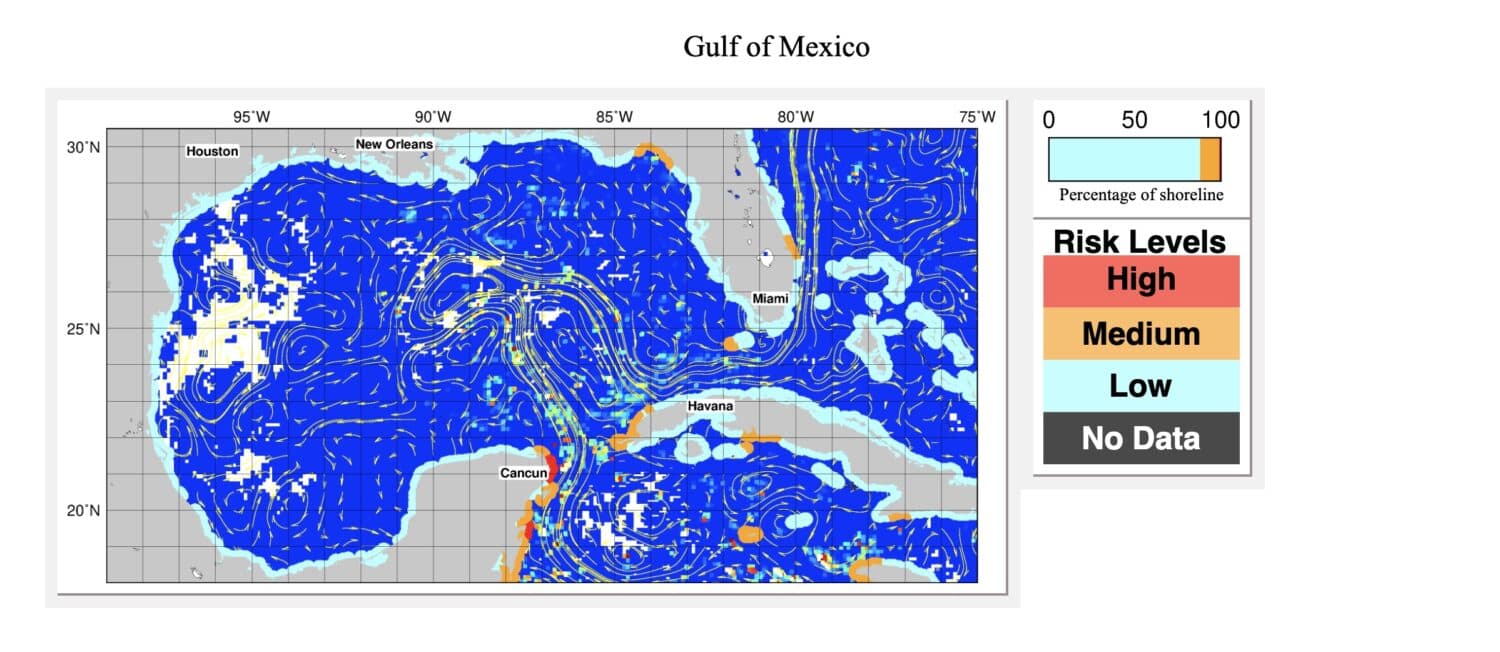
One notable exception is Cancún and its coastline to the south, which is currently considered medium or high risk for large amounts of sargassum.
Further south, parts of the Caribbean are also considered at medium risk for sargassum inundation, and parts of Puerto Rico and the U.S. Virgin Islands are at high risk.
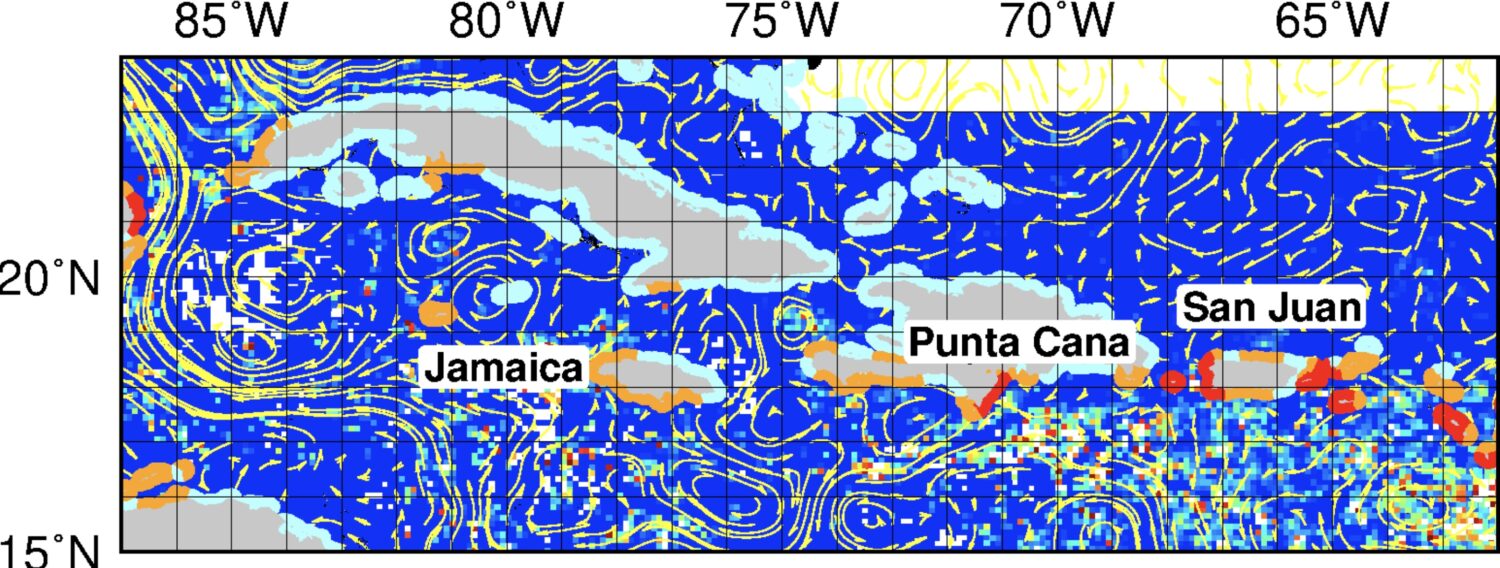
Most of the coastline of the southeastern Caribbean is considered at a high risk level for sargassum inundation, as evidenced by the red on this map.
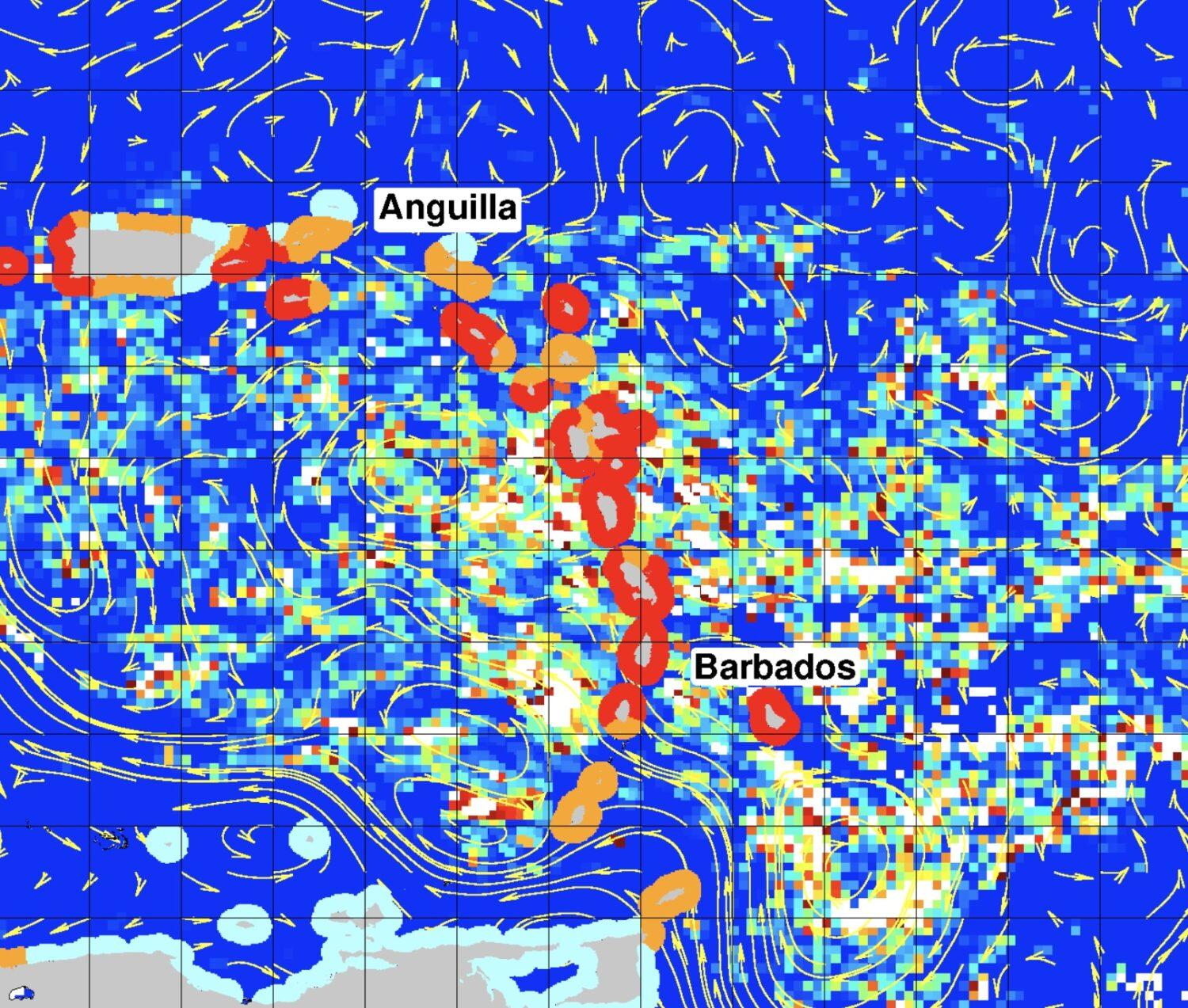
As your trip nears, keep an eye on the NOAA's report to see if sargassum might be clogging the beach of your resort town.
The NOAA's website is a good resource, but it's also good to get some boots-on-the-ground reporting about the algae blooms in the area you're visiting.
You aren't going to find any information about this from the state or country's tourism website for obvious reasons, but a good resource you could use is Facebook groups or location-tagged social media posts to see if people's vacations are being hampered by sargassum.
Should I Cancel My Beach Trip Due to Sargassum?
Let's say you booked a Main Cabin fare and you can still get a refund on your hotel or lodging for an upcoming stay to a beach town experiencing some sargassum blooms. Should you cancel your trip?
It depends. If you're going somewhere for the sole purpose of sitting by the beach for a week and that beach is choked with sargassum, then you might want to reconsider your itinerary – or the trip entirely.
If you have a more diverse itinerary that isn't entirely tied to your beach chair, the algae blooms should only be a small hiccup in an otherwise awesome trip.
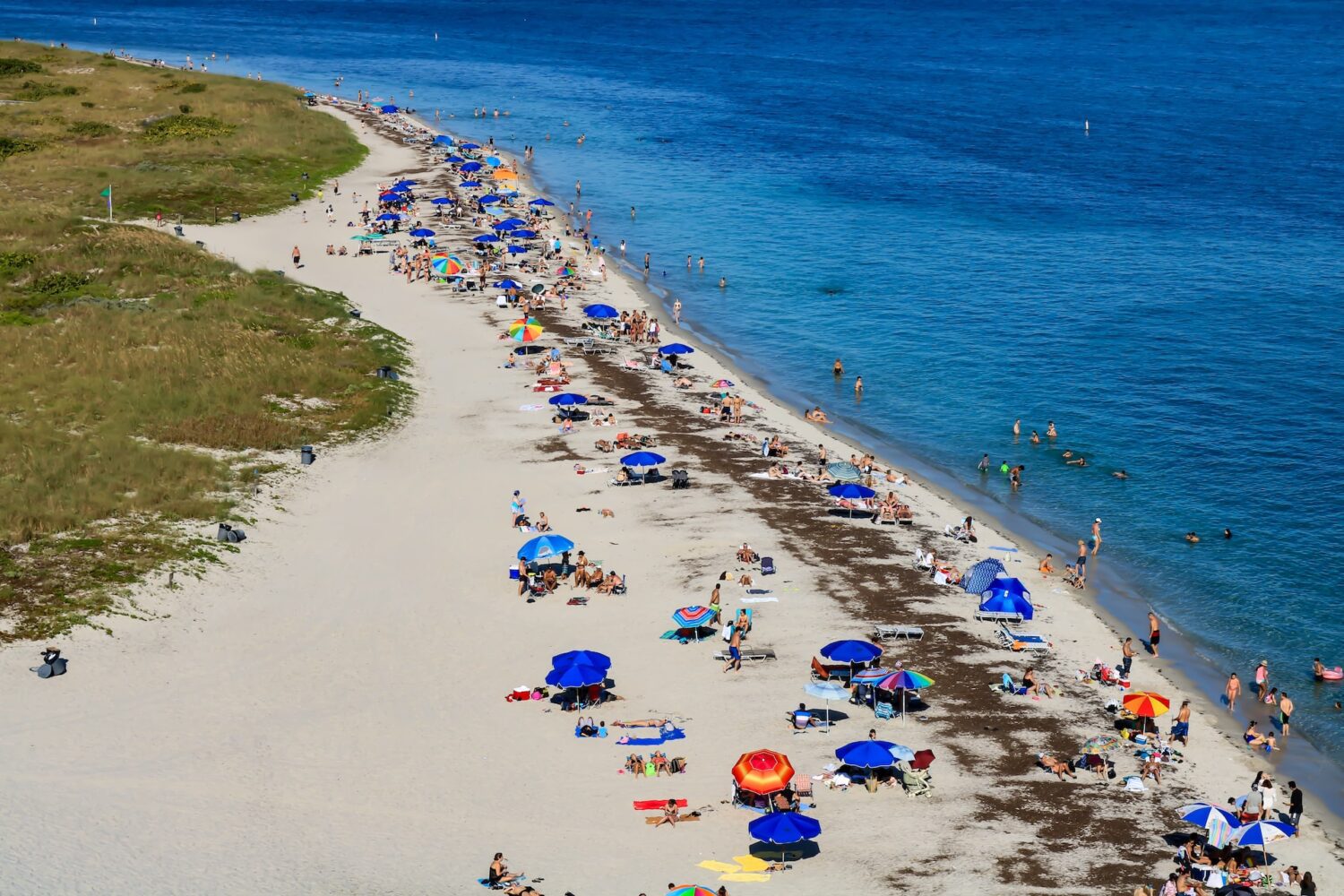
As crews clear off the beach, they'll become safer again, too. It's nearly impossible to know how your stretch of beach will look until you get down there, but sargassum doesn't stop many travelers from using beaches where it has washed ashore, either. Many travelers will never know about it, and if they're willing to stomach a slightly stinky beach, their trip will go off without a hitch.
Again, get some intel about how the beach is in the weeks leading up to your trip using Facebook groups or geo-tagged social media posts before you make any rash decisions.
What About ‘Red Tide?'
So ominous-sounding, right?
The “red tide” is a bloom of algae with some harmful bacteria in it. Scientists call it HAB, short for “harmful algal bloom.” HABs can turn parts of the water red, hence the scary nickname. But the algae also produce toxins that kill fish and make shellfish dangerous to eat.
A red tide, or HAB, occurs along the Gulf Coast every year. It's not new and it's not especially bad this year. You can check the Florida Fish and Wildlife Conservation Commission website for the latest, including detailed maps of where it's been found.
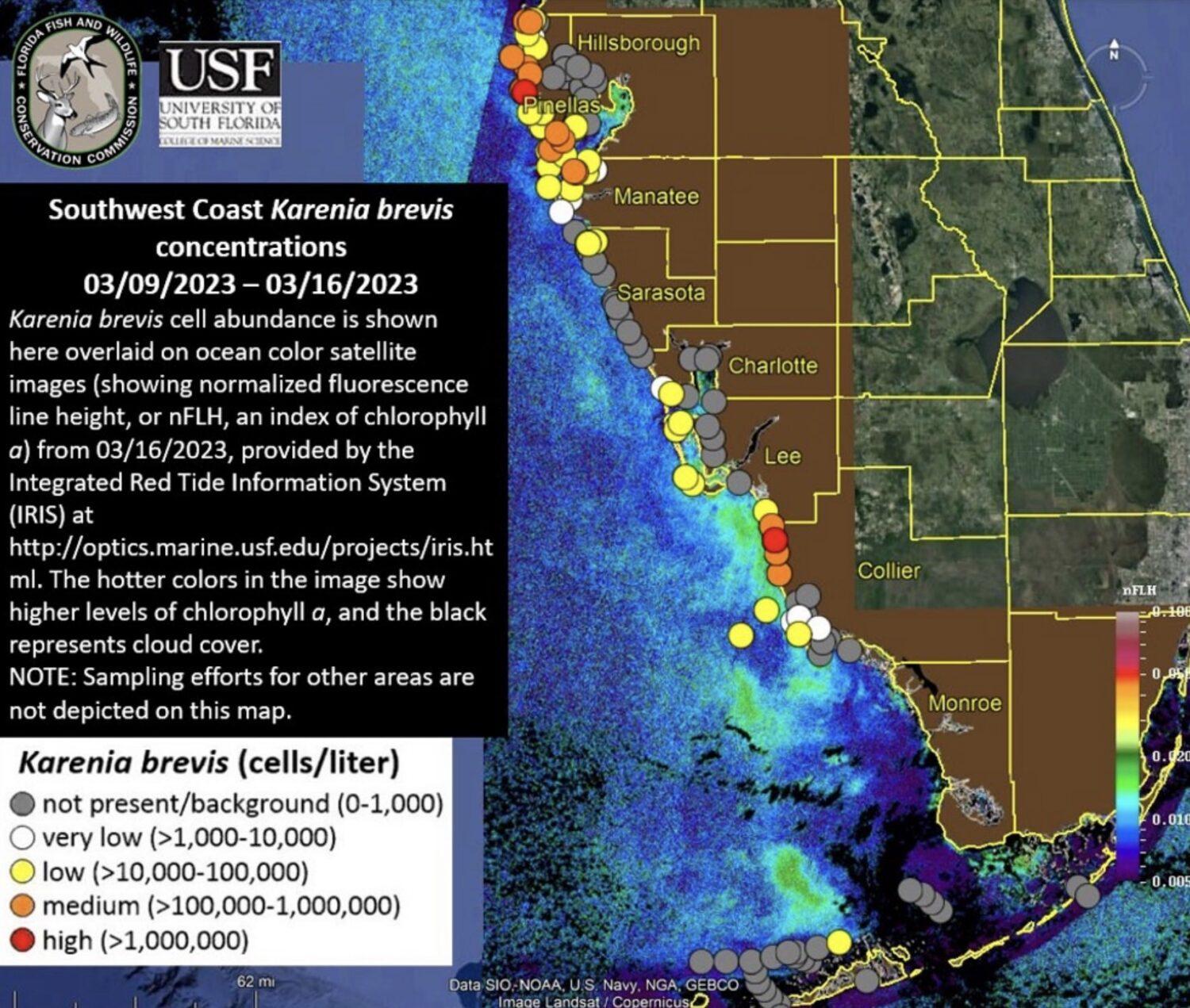
In humans, red tide can cause some “respiratory irritation,” according to Florida Fish and Wildlife. Spring breakers who recently felt this irritation while in Florida told WOOD-TV in Michigan they experienced sneezing, coughing, and sniffling, but that all of their symptoms subsided upon leaving the beach.
The red tide should make you think twice about eating locally-caught seafood in the area and may make you reconsider sitting by the beach in the most prone areas for extended periods of time, especially if you have pre-existing respiratory issues. But for most people, it falls under the category of nuisance and shouldn't be trip-threatening.
Bottom Line
Every year, a seaweed blob and a phenomenon called the red tide occur in areas around the Gulf of Mexico and the Caribbean Sea, but neither type of algae bloom is necessarily trip-threatening.
While this year's blob of sargassum seaweed is on the larger side and made landfall a little bit earlier than years past, the brunt of it will wash ashore in summer. And this year's red tide algae bloom isn't considered any worse than in years past.
Check the latest reports and look at recent social media posts to get a better idea of what the beaches are like before canceling or altering your spring break trip because of these algae blooms.
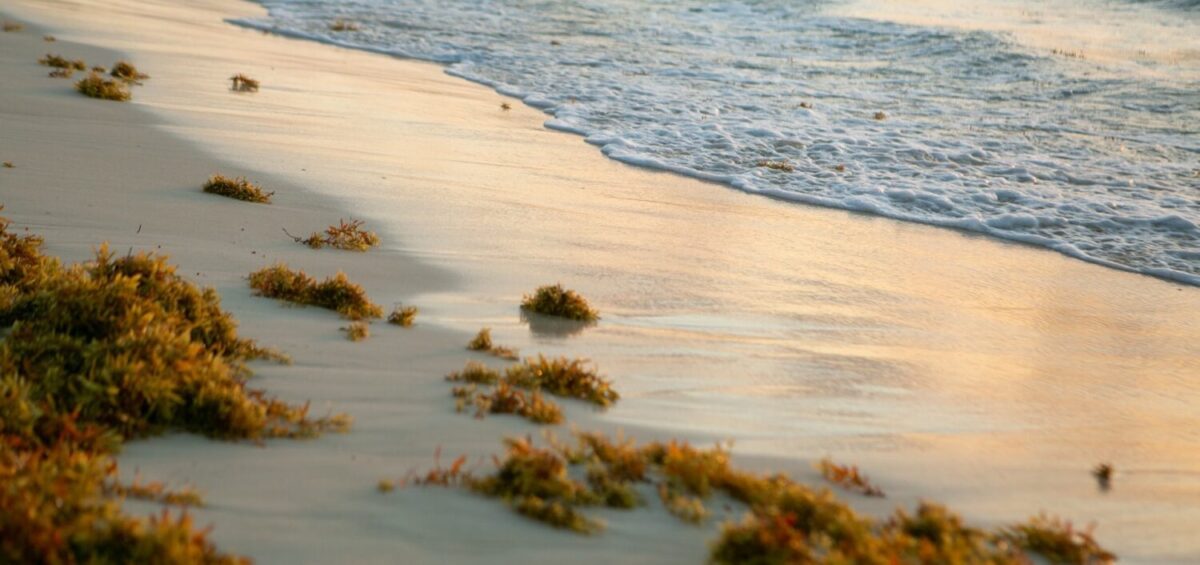



The red tide is NOT just annoying, smelly, ugly. That’s what we’d been told, and that’s what it’s been in previous years, but it’s definitely not the case this year. It is now a serious health concern at this new scale.
That health concern does NOT just arise from going to the beach, being in the water, or eating seafood.
The air itself is toxic anywhere within about 5 miles of the ocean. We live in Miami, about a mile out, and now live with our windows closed, mask outside, and limit time outdoors. I’ve been prescribed a medicated inhaler and antihistamine. I wake up struggling to breathe. My dog’s eyes turned pink/red after a single night with our windows open.
Take this stuff seriously and avoid the area. We’d go elsewhere until it passed if our rent weren’t so expensive.
That’s really helpful, Emily. If you look at the maps, it looks like it’s really the west coast of Florida that’s affected, but you’re saying the east coast is as well! Thanks for that info.